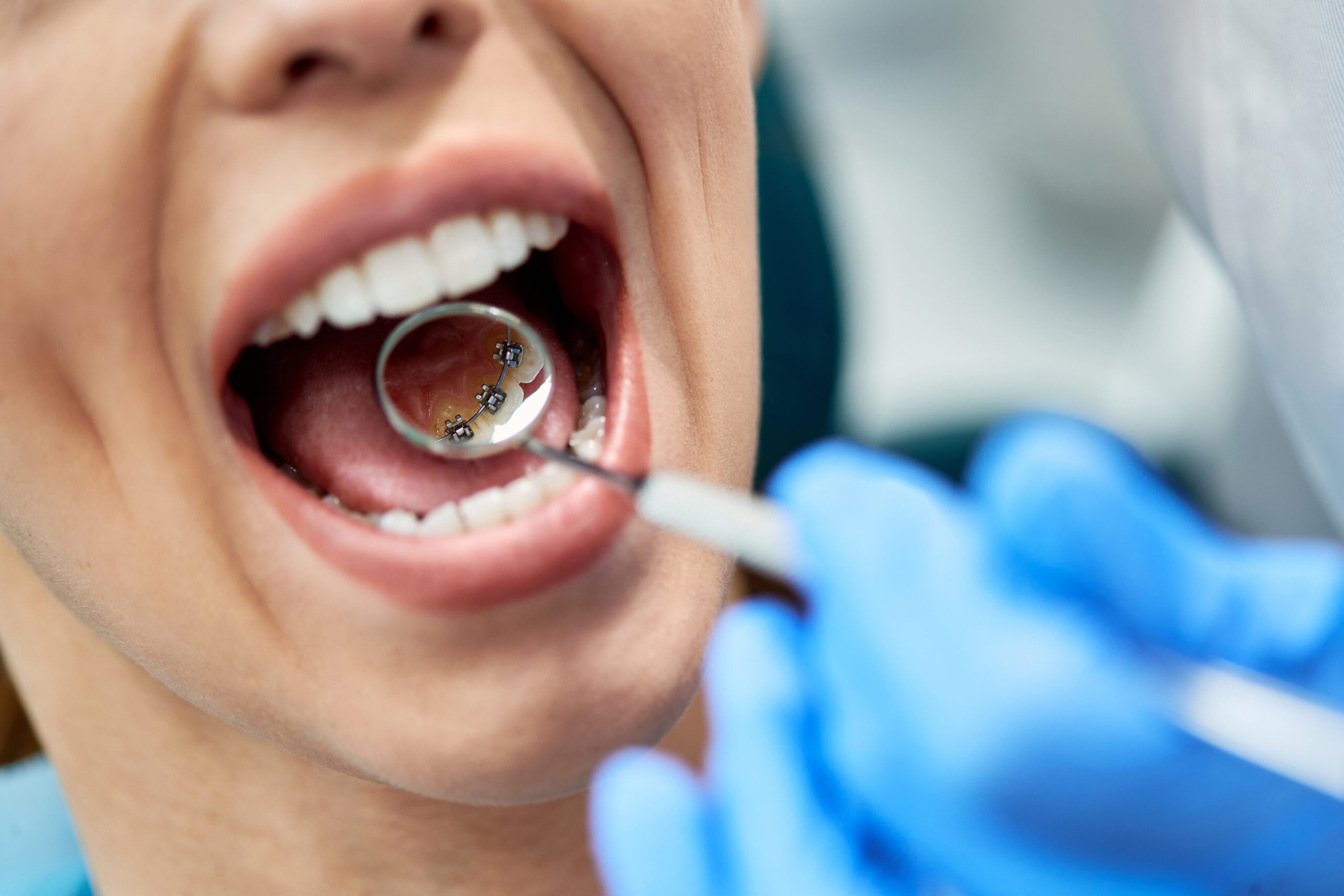Top Guidelines Of Legacy Orthodontics
Top Guidelines Of Legacy Orthodontics
Blog Article
The Only Guide to Legacy Orthodontics
Table of ContentsThe Best Guide To Legacy OrthodonticsAn Unbiased View of Legacy OrthodonticsUnknown Facts About Legacy OrthodonticsLegacy Orthodontics Can Be Fun For EveryoneWhat Does Legacy Orthodontics Do?
In addition, we provide adjustable therapy timetables, adaptable settlement choices and an enjoyable, delightful experience.An orthodontist is a dental professional educated to identify, avoid, and treat teeth and jaw abnormalities. They remedy existing problems and are educated to recognize issues that may establish in the future. Orthodontists deal with individuals of all ages, from kids to adults. Individuals often connect a perfect smile with good wellness.
Malocclusion, or misaligned teeth, can bring about oral problems, consisting of dental caries, gum tissue illness, and challenging or uncomfortable eating. However not everybody is birthed with straight teeth. If you have a bad bite or huge rooms in between your teeth, you might wish to speak with a dental expert specializing in orthodontic treatment.
Legacy Orthodontics Fundamentals Explained
( Picture Credit Rating: DigitalVision/Getty Images) Orthodontists make use of fixed and detachable dental gadgets, like braces, retainers, and bands, to transform the placement of teeth in your mouth. Orthodontic therapy is for dental abnormalities, including: Uneven teethBite problems, like an overbite or an underbiteCrowded teeth or teeth that are also much apartJaw misalignmentThe objective of orthodontic therapy is to boost your bite.
A healthy and balanced bite ensures you can consume, chew, and talk correctly. While you may consider orthodontists as mainly for children or teenagers who require dental braces, they can fix dental problems at any type of age. Orthodontists go to university, dental college, and orthodontic school. After graduation, they spend 2 or 3 years in an orthodontic residency program.
All orthodontists are dentists, but not all dental professionals are orthodontists. Orthodontic residency programs use intensive, focused direction for oral professionals. They focus on 2 areas: Just how to effectively and securely move teeth Exactly how to properly assist growth in the teeth, jaw, and faceOnce an orthodontist has completed training, they have the alternative to end up being board accredited.
The 25-Second Trick For Legacy Orthodontics
Imbalance, or malocclusion, is the most usual reason individuals see an orthodontist. It is hereditary and is the result of dimension differences between the upper and lower jaw or in between the jaw and teeth. Malocclusion causes tooth overcrowding, a twisted jaw, or uneven bite patterns. Malocclusion is normally treated with: Your orthodontist connects metal, ceramic, or plastic square bonds to your teeth.
If you have just small malocclusion, you may be able to use clear dental braces, called aligners, as opposed to traditional braces (https://www.cybo.com/US-biz/legacy-orthodontics_2w). Some individuals require a headgear to help move teeth right into line with stress from outside the mouth. After braces or aligners, you'll need to use a retainer. A retainer is a personalized tool that maintains your teeth in position.
They can produce extra space in the mouth without having to draw teeth. Orthodontists utilize wires, medical screws, or plates to support your jaw bone.
You may require to see an orthodontist if you have: Crowding or not sufficient space for every one of your teethOverbite, when your top teeth come by your bottom teethUnderbite, when your bottom teeth are as well far forwardSpacing or concerns with gapsCrossbite, which is when your upper teeth fit behind your bottom teeth when your mouth is closedOpen bite or an upright gap between your front base and upper teethMisplaced midline, when the center of your bottom and top teeth don't line up Remedying a dental malocclusion can: Make attacking, eating, and talking easierImprove the balance of our face and your general appearanceEase pain from temporomandibular joint problemsSeparate your teeth and make them simpler to clean, assisting avoid dental caries or cavities It's often a dental professional who first notifications misaligned teeth throughout a regular examination.
Little Known Facts About Legacy Orthodontics.

Throughout your very first orthodontic consultation, you'll likely have: A dental examPhotos taken of your face and smileDental X-raysPanoramic (360 degree) X-rays of your face and headImpressions to produce mold and mildews of your teethThese examinations will certainly assist your orthodontist know just how to wage your treatment. invisalign. An orthodontist is a dental expert who's had training to treat your teeth and jaw
Orthodontists may do surgical procedure, exams,X-rays,and more to help you achieve a much more comfy, much healthier smile. An orthodontist is concentrated on your bite, so something like a damaged tooth would be taken care of by a dental professional. Orthodontists are dental practitioners but not all dental practitioners are orthodontists. Orthodontists are concentrated on your bite, or the way your teeth fit together, and the straightness of your teeth.
Ever before asked yourself just how celebs always seem to have perfectly aligned teeth? The answer often depends on the experienced hands of an orthodontist. What exactly does an orthodontist do? Orthodontists are dental professionals that concentrate on remedying irregularities in the teeth and jaws. Their expertise exceeds simply developing a lovely smile; it visite site reaches boosting your overall oral wellness and function.
The Definitive Guide to Legacy Orthodontics

While dental braces are one of the most commonly acknowledged orthodontic treatment, orthodontists have a diverse toolkit at their disposal. The specific technique selected depends on the intensity of the case, the patient's age, and specific choices. These tried-and-true braces make use of a system of brackets adhered to the teeth and linked by wires.
Clear aligners, like Invisalign, are a popular alternative for people seeking a much more very discreet treatment alternative. These detachable trays are customized to gradually move the teeth's setting. Headwear might be made use of along with braces or aligners to apply added targeted forces, particularly for remedying jaw discrepancies. In cases of slim jaws, palatal expanders can be used to produce area for appropriate tooth positioning.
Report this page